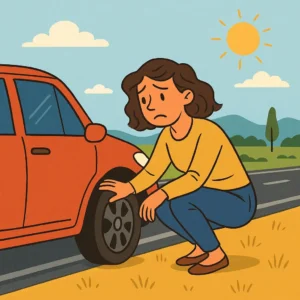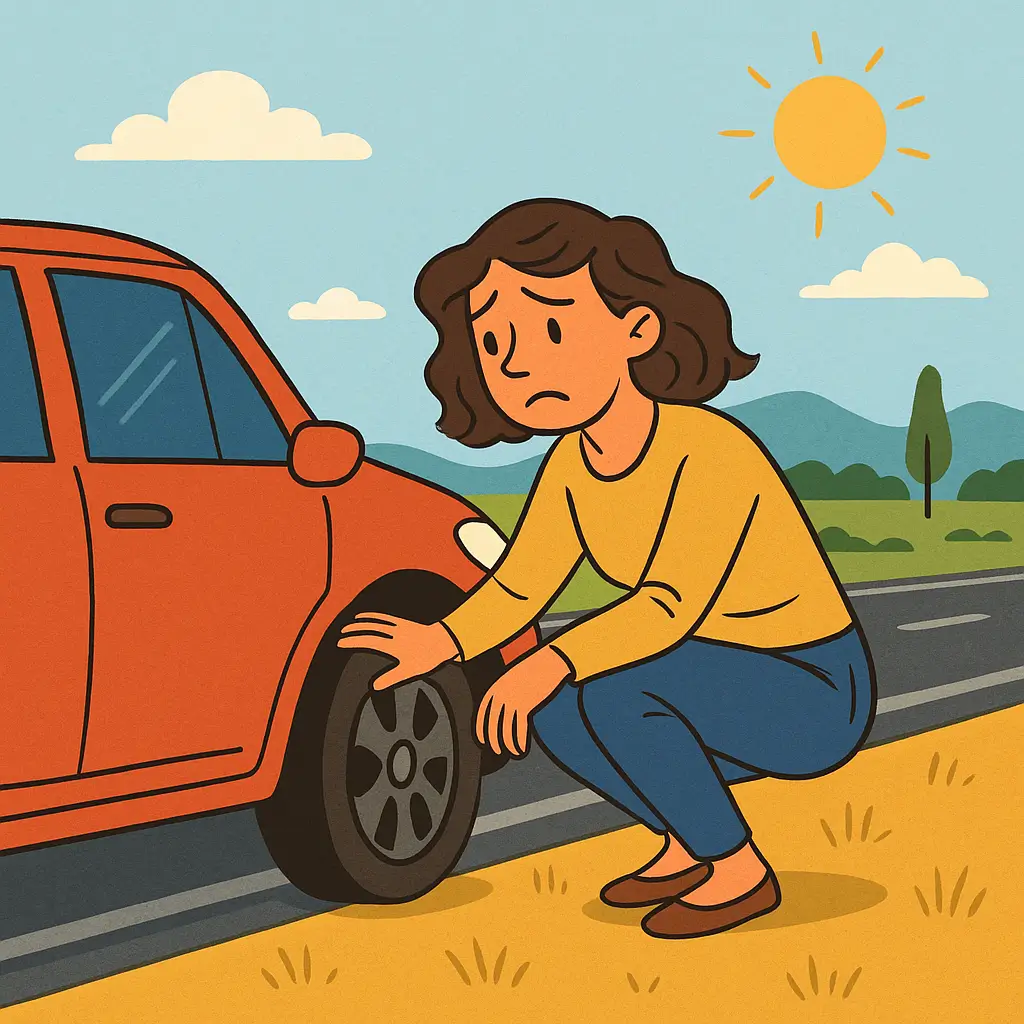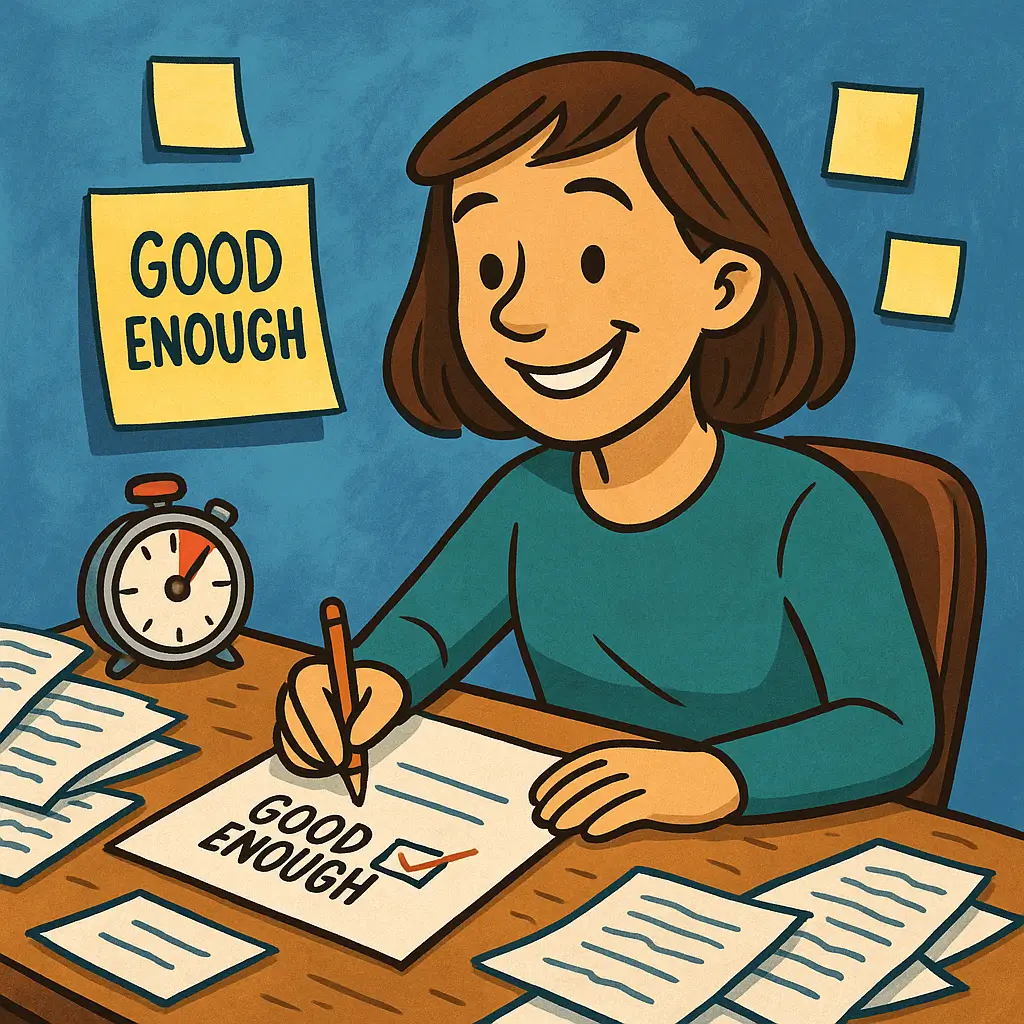The moment you step back through your front door after a mandatory wildfire evacuation, relief washes over you. Your home stands intact, your belongings remain where you left them, and the immediate danger has passed. Yet as the adrenaline fades and reality settles in, you might find yourself grappling with unexpected emotions that linger long after the smoke clears.
Returning home after a wildfire evacuation presents unique psychological challenges that often catch people off guard. While the focus during evacuation centers on physical safety and logistics, the mental and emotional aftermath can be equally significant and deserving of attention.
The Hidden Impact of “Almost”
Even when homes remain untouched, the psychological impact of evacuation runs deep. The experience of packing your life into a car, driving away from everything familiar while smoke billows in the rearview mirror, and spending days or weeks in uncertainty creates what mental health professionals call an “invisible wound.” You've experienced a genuine threat to your safety and security, even if the worst-case scenario didn't materialize.
Many people report feeling guilty about struggling emotionally when their homes survived. “I should just be grateful,” becomes a common refrain, but this minimizes the very real trauma of displacement and threat. The nervous system doesn't distinguish between what almost happened and what did happen – it responds to perceived danger with the same intensity.
Common emotional responses in the weeks and months following evacuation include hypervigilance around weather conditions, difficulty sleeping, intrusive thoughts about fire, emotional numbness, irritability, and a persistent sense of unease. Physical symptoms like headaches, digestive issues, and fatigue often accompany these psychological responses. Children may exhibit behavioral changes, regression in developmental milestones, or increased clinginess.
Creating Your Recovery Roadmap
Recovery from evacuation-related stress requires intentional effort and patience. The following strategies can help rebuild your sense of safety and normalcy:
Acknowledge the validity of your experience. Start by giving yourself permission to feel whatever emotions arise. Evacuation represents a significant life disruption, regardless of the outcome. Journaling can help process these feelings – try writing for ten minutes each morning about your experience without editing or judging your thoughts.
Rebuild routine gradually. The structure of daily life often crumbles during evacuation. Rather than diving back into pre-evacuation schedules, rebuild slowly. Start with one or two anchor points in your day – perhaps morning coffee at a regular time or an evening walk. These small consistencies signal safety to your nervous system.
Address practical concerns systematically. Post-evacuation anxiety often stems from feeling unprepared. Create or update your emergency plan, organize important documents, and assemble an evacuation kit. Taking concrete steps toward preparedness transforms helplessness into empowerment. Consider joining community preparedness groups where you can share resources and support with neighbors who understand your experience.
Practice grounding techniques. When anxiety spikes, grounding exercises can help. The 5-4-3-2-1 technique works well: identify five things you can see, four you can touch, three you can hear, two you can smell, and one you can taste. This simple exercise pulls your attention from future worries back to the present moment.
Reconnect with your space mindfully. Your relationship with your home may feel different after evacuation. Some people feel disconnected or unsafe in previously comfortable spaces. Spend time in each room, perhaps rearranging furniture or adding new elements that bring comfort. Plant something new in your garden or create a small ritual of gratitude for your home's survival.
Navigating Family Dynamics
Evacuation stress affects entire family systems, with each member processing the experience differently. Partners may clash over different coping styles – one wanting to talk extensively about the experience while the other prefers to move forward without discussion. Children might seem fine during the day but experience nightmares or separation anxiety.
Create space for diverse responses within your family. Schedule regular check-ins where each person can share their feelings without judgment. For children, art projects or play therapy can provide non-verbal outlets for processing emotions. Consider family activities that rebuild connection and create new, positive associations with your home.
Be particularly attentive to elderly family members who may struggle more with displacement and change. They might need additional support rebuilding routines or may benefit from increased social connection to combat isolation that often follows traumatic events.
When to Seek Professional Support
While many people recover naturally from evacuation stress, some benefit from professional mental health support. Consider reaching out to a therapist if you experience persistent nightmares or flashbacks, inability to return to normal activities after several weeks, substance use increases, relationship strain that doesn't improve with communication, or thoughts of self-harm.
Many communities offer specialized support groups for wildfire survivors. These groups provide unique understanding and validation that friends and family, however well-meaning, might not offer. Trauma-informed therapists can help process the experience and develop coping strategies tailored to your specific needs.
Building Long-term Resilience
Recovery from evacuation extends beyond returning to baseline functioning. This experience, however challenging, can become a catalyst for increased resilience and community connection. Many evacuation survivors report developing deeper appreciation for daily life, stronger neighborhood bonds, and increased confidence in their ability to handle adversity.
Consider channeling your experience into community action. Volunteer with local emergency preparedness organizations, share your story to help others feel less alone, or advocate for better evacuation procedures and mental health resources. Transforming personal struggle into community benefit creates meaning from difficulty.
Moving forward doesn't mean forgetting or minimizing what happened. Integration involves carrying the lessons learned while not allowing fear to dominate daily life. Some days will be harder than others, particularly during fire season or weather events that trigger memories. This is normal and expected.
Remember that healing isn't linear. You might feel fine for weeks, then experience a setback triggered by smoke smell or emergency sirens. These moments don't represent failure but rather the natural rhythm of processing significant experiences. With time, support, and intentional care, the acute distress of evacuation transforms into integrated experience – still part of your story but no longer the dominant chapter.
Your mental health matters as much as your physical safety. By acknowledging the impact of evacuation, implementing supportive strategies, and seeking help when needed, you're not just surviving the aftermath – you're building a foundation for thriving despite uncertainty. The road home after evacuation is about more than physical return; it's about reclaiming your sense of safety, community, and hope for the future.















